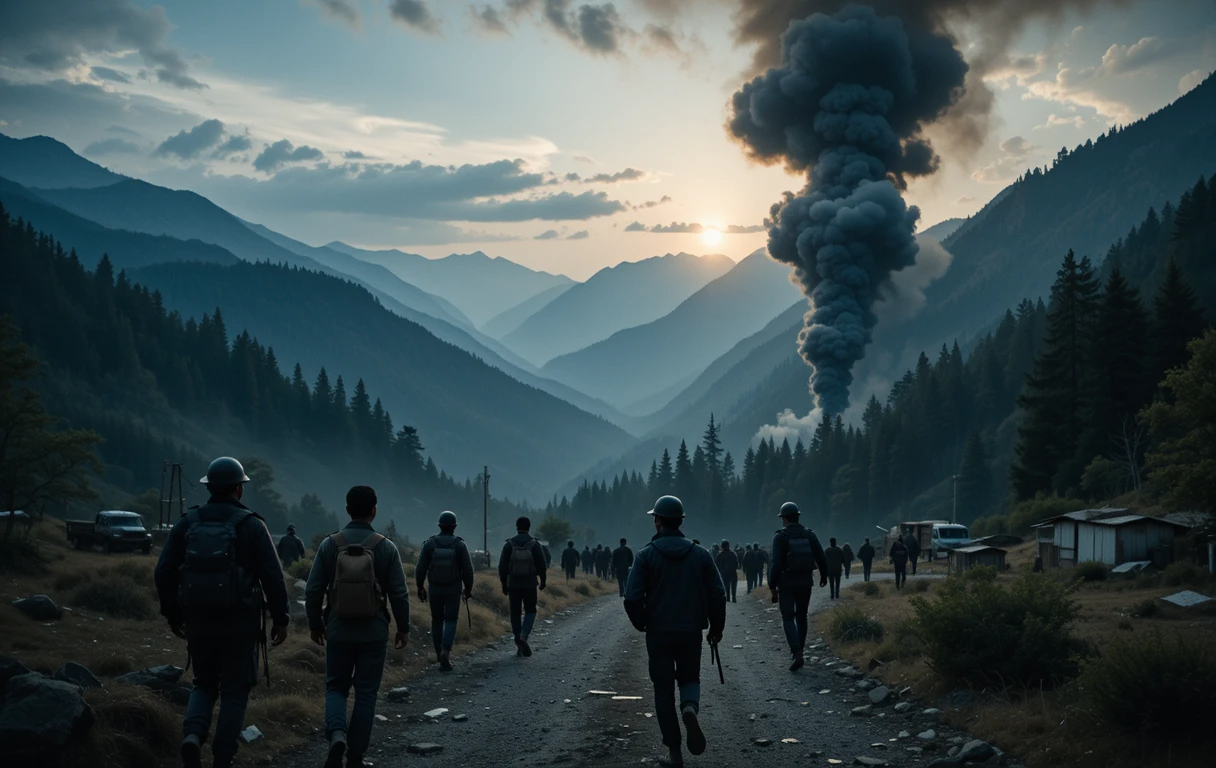
On Monday, April 21, 2025, U.S. Vice President J.D. Vance arrived at Delhi’s Palam Airport to kick off a four‑day visit aimed at deepening ties with India. Upon landing, he and his wife, Usha Vance, were greeted with a ceremonial guard of honor and a traditional Indian dance performance—an early sign of the cultural and diplomatic engagements planned over the coming days.
Vance’s trip carries both personal and official dimensions. While the overarching goal is to negotiate a bilateral trade agreement that would avert looming U.S. tariffs on Indian goods, the itinerary also includes stops at iconic landmarks such as the Taj Mahal and participation in a family wedding in Jaipur. These lighter engagements underscore his connection to India through his wife, who is the daughter of Indian immigrants and a practicing Hindu.
On the very first day of his visit, Vice President Vance is scheduled to meet Prime Minister Narendra Modi at the Prime Minister’s residence. Their discussions are expected to focus on accelerating progress toward a comprehensive trade pact—one that India has signaled willingness to support by cutting duties on over half of its $41.8 billion in U.S. imports from 2024—and on expanding defense cooperation under a proposed 10‑year framework.
Economically, both capitals share an ambitious vision: doubling bilateral trade to $500 billion by 2030. New Delhi is keen to lock in a deal before U.S. tariffs, currently paused for 90 days by the Trump administration, resume, while Washington sees India as a key partner in reducing its trade deficit and diversifying supply chains away from China.

Strategically, the visit comes at a critical juncture in U.S.-China relations. India’s role as a Quad member and as a counterbalance to China in the Indo‑Pacific makes these talks even more significant. Officials on both sides view Vance’s mission as laying the groundwork for President Trump’s anticipated attendance at the Quad summit later this year, as well as for deeper defense and technology collaborations.
Beyond policy, Vance’s presence highlights the personal dimension of U.S.-India ties. Usha Vance’s heritage and faith offer a real‑world bridge between the two nations, underscoring how cultural and familial bonds can complement formal diplomacy





















Write a comment ...